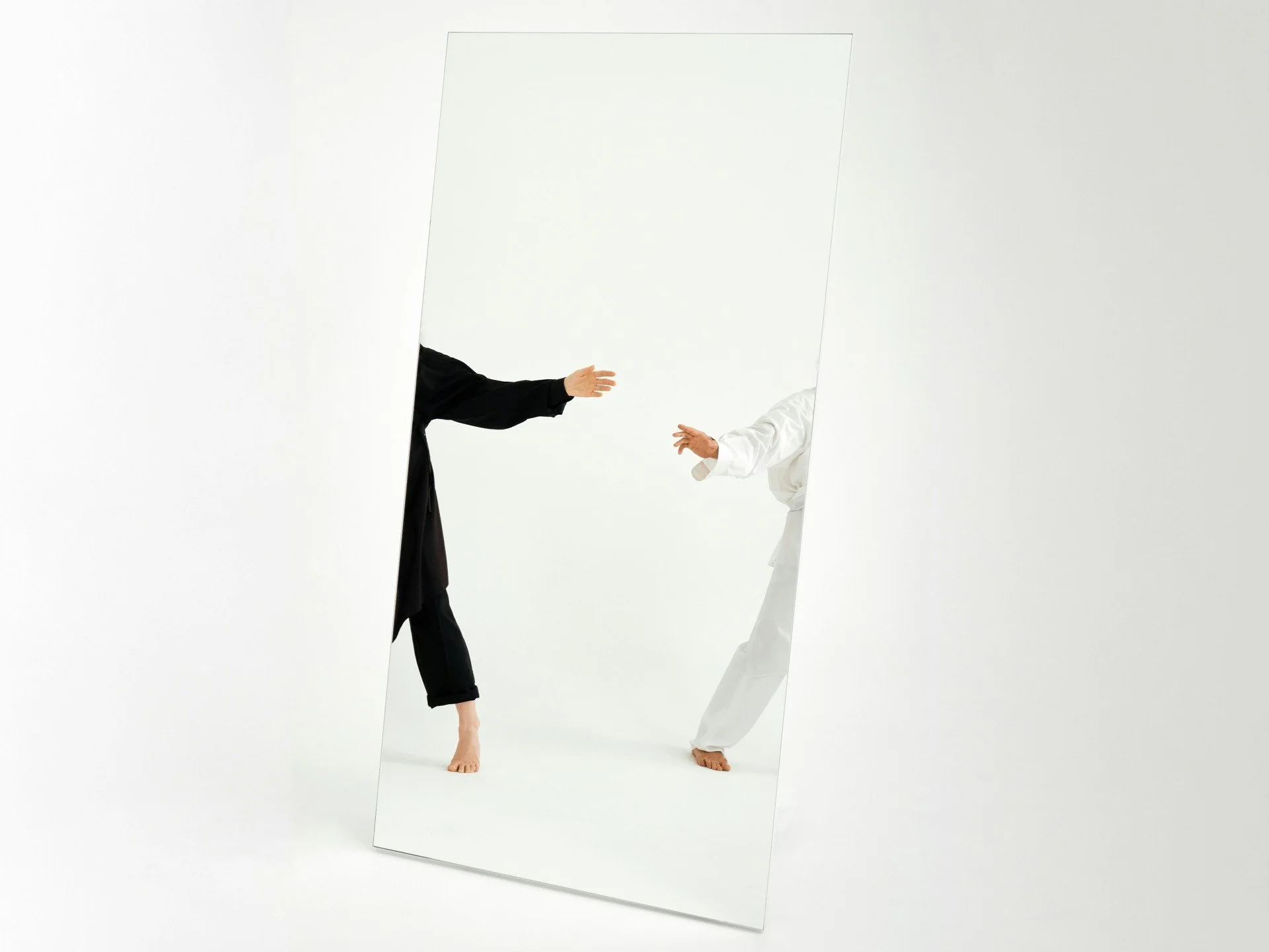#149 The coach as instrument: Embodied presence
Why coaches fail
This is the penultimate post in a series of 12 about why coaches fail. Being a great coach is about getting the balance just right between not enough and too much, the so-called Goldilocks Effect.
Coaches might underplay or overplay certain behaviours and derail the chances of successfully helping their clients reach their goals. Great coaches manage to strike a balance between these extremes and get it just right.
Today, I’ll explore a coach’s use of themselves as an instrument of change, show why embodied presence is so important for effective coaching, and how to get the balance right for yourself.
The coach as instrument: Embodied presence
Coaching is not just a set of tools; it’s a relational art. At its heart lies the coach’s ability to use themselves as an instrument of change. When coaches hold back - remaining detached, overly neutral or ignoring their own somatic responses - they miss vital cues. Their body may signal discomfort, resonance or intuition, but they downplay it. The coaching becomes cerebral, lacking emotional depth and relational texture.
At the other extreme, some coaches over-involve themselves. Eager to please or prove their value, they overshare personal stories, blur boundaries and become overly concerned with their own experience. This creates a power imbalance, where the coach’s need for connection or validation overrides the client’s agenda. The coaching space becomes cluttered - not with insight, but with the coach putting on a show.
The balance lies in embodied presence. Coaches who know who they are - and how they show up – mindfully bring their whole selves into the relationship. They’ve developed a personal coaching philosophy rooted in values, ethics and reflective practice. They notice their somatic responses, use them as data and share insights only when it serves the client. Their presence is felt, not performed. The coaching becomes a co-created space of trust, resonance and transformation.
Three Tips to Use Yourself as an Instrument of Change:
Tune into your body: Notice shifts in breath, posture or tension. Ask, ‘What might this be telling me about the moment?’
Reflect on your philosophy: What do you stand for as a coach? How does that shape your presence?
Share with intention: Before offering a personal insight, ask, ‘Is this in service of the client’s growth or my own need to connect?’
The coach’s self isn’t a distraction; it’s a resource. When used wisely, it becomes a catalyst for change.
Visit https://www.growthecoach.com/free-resources to download an at-a-glance summary of all the coaching derailers.

